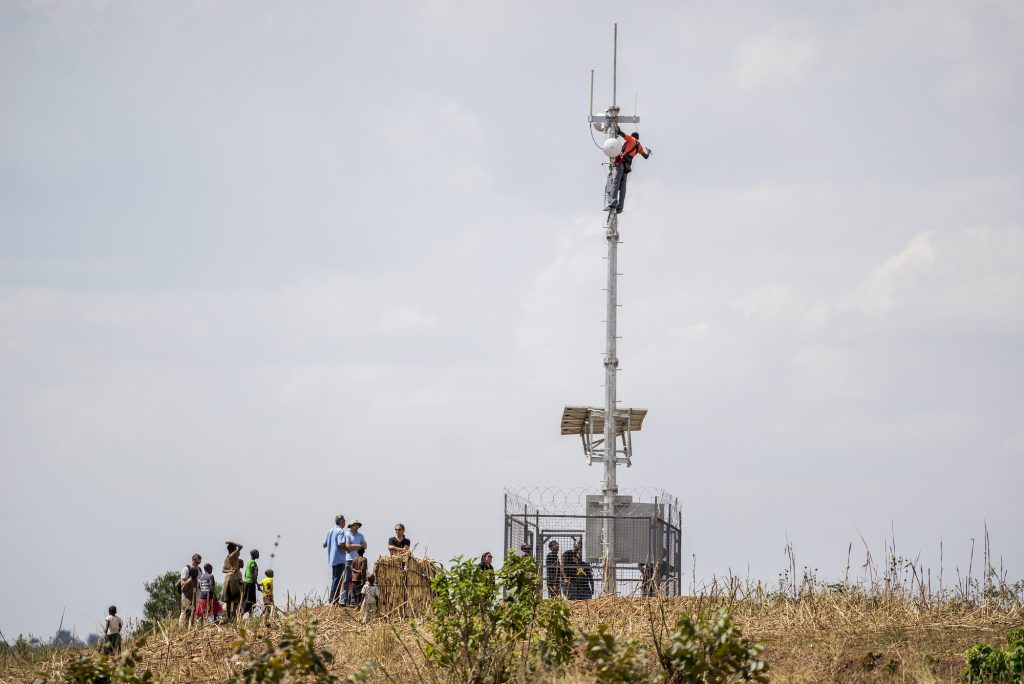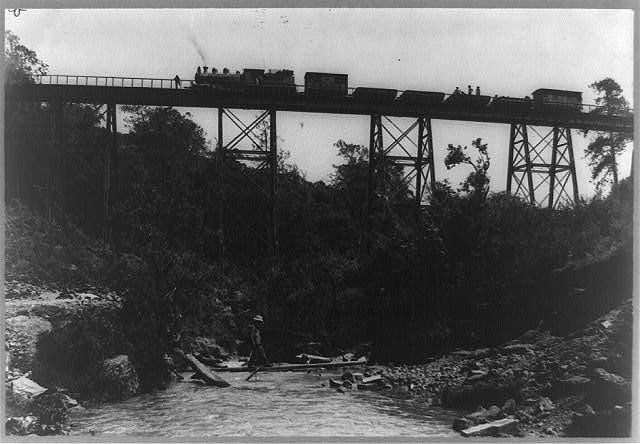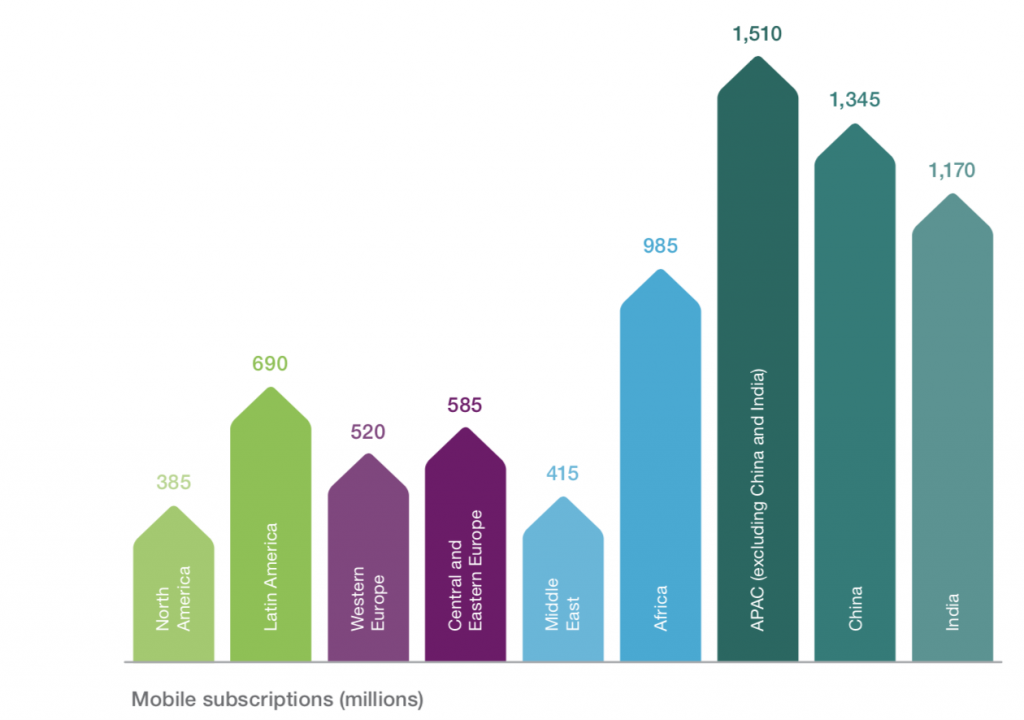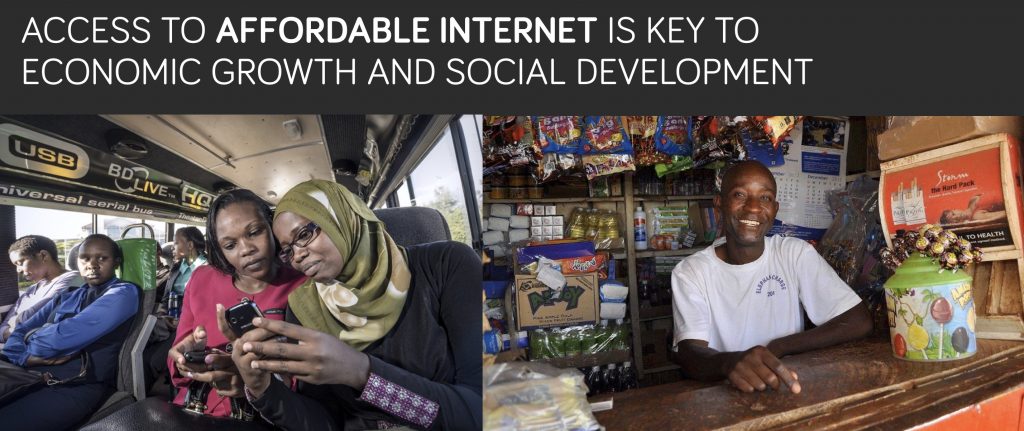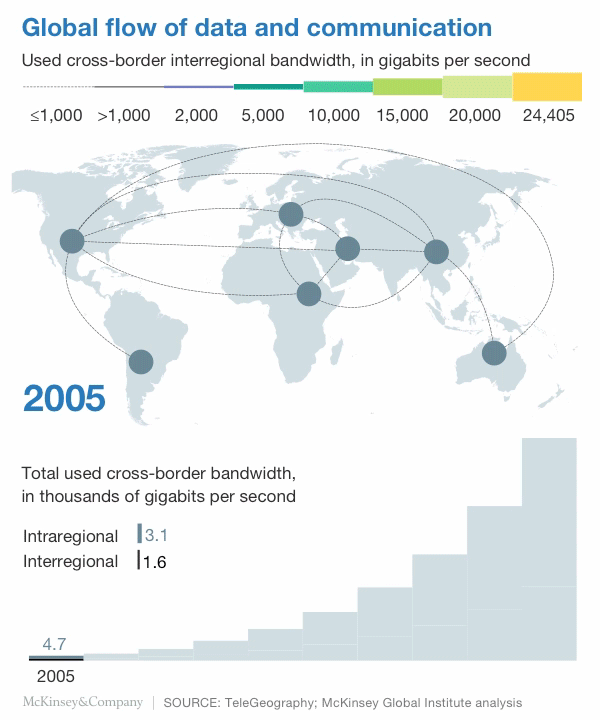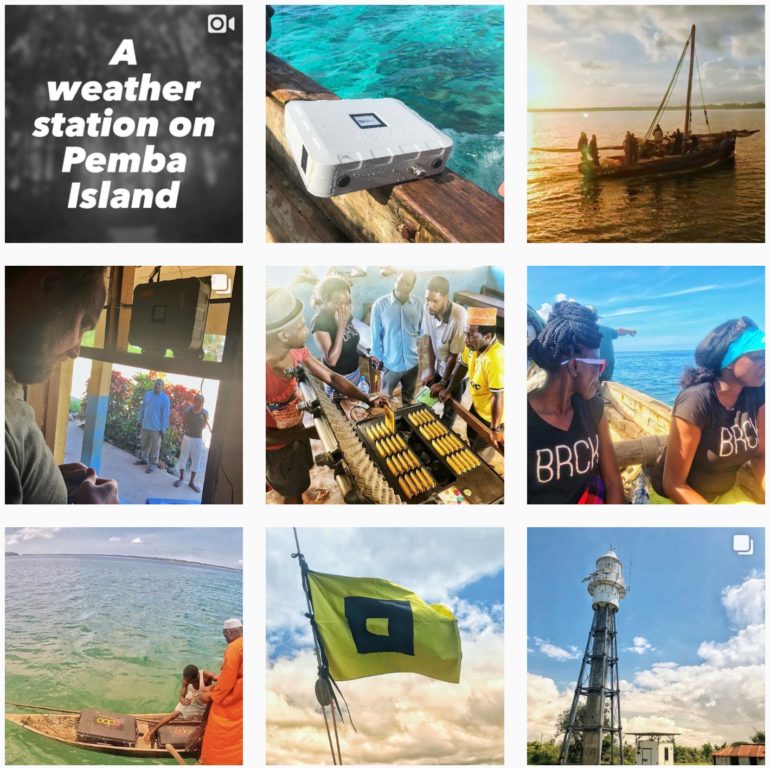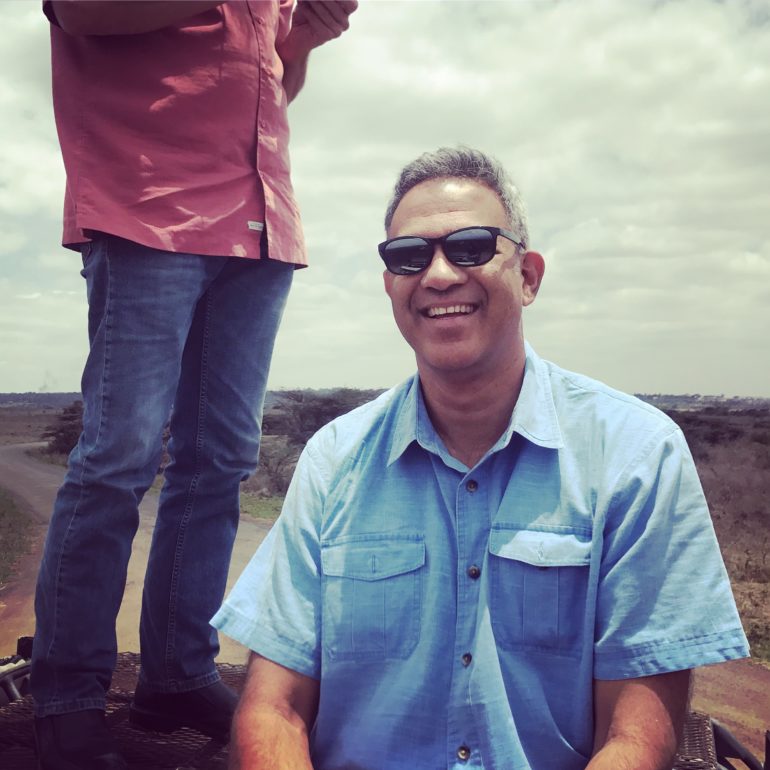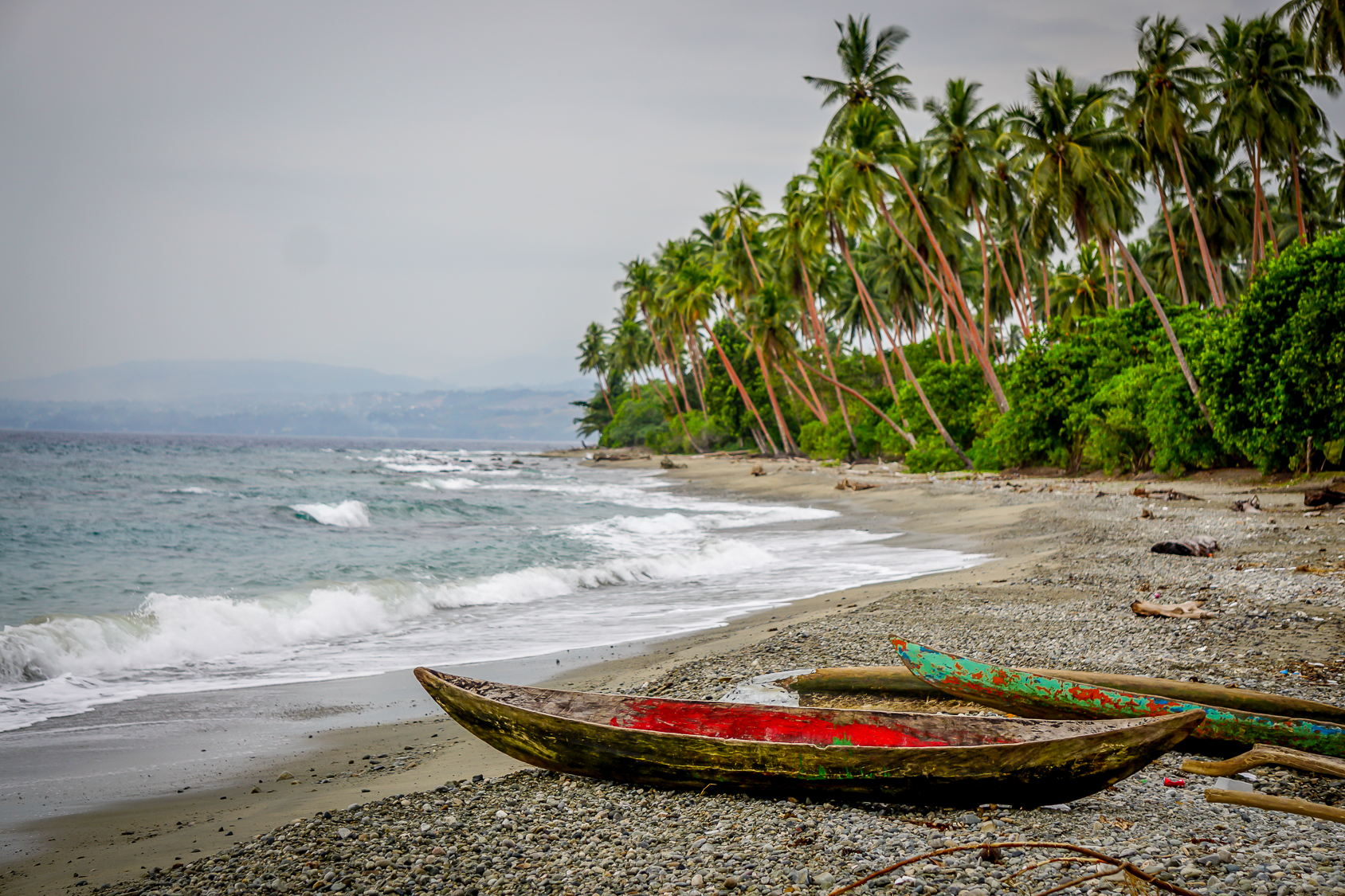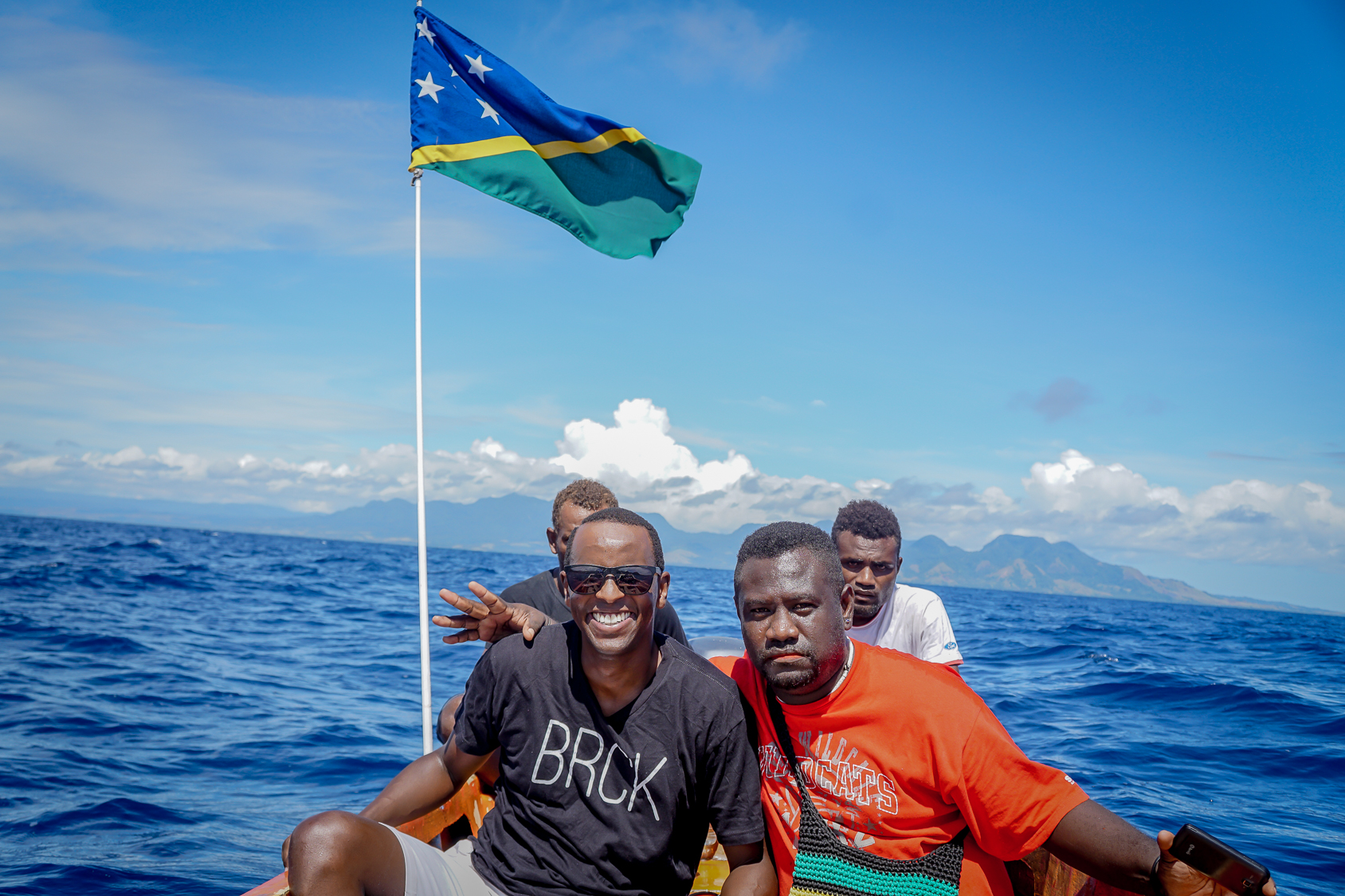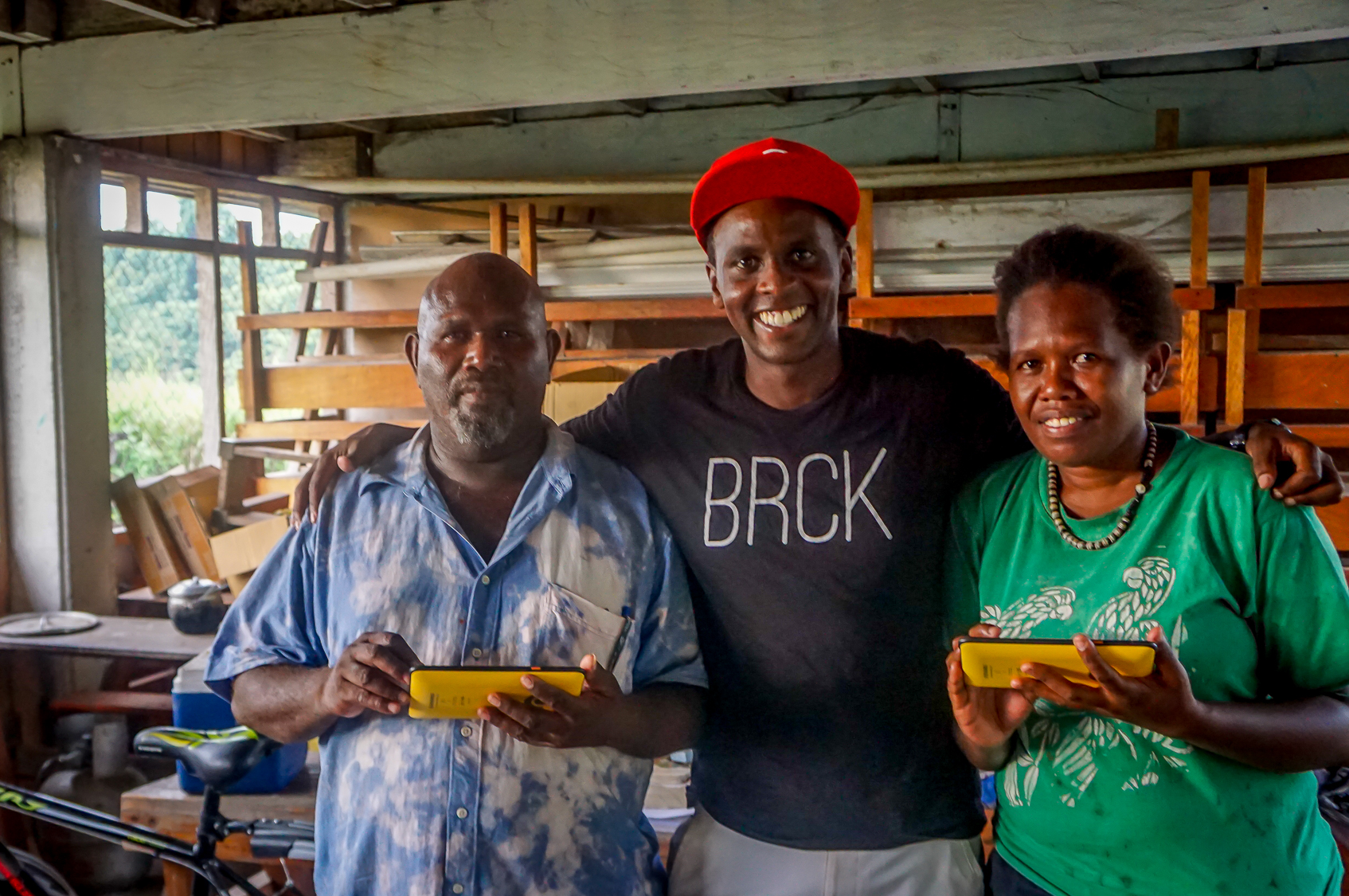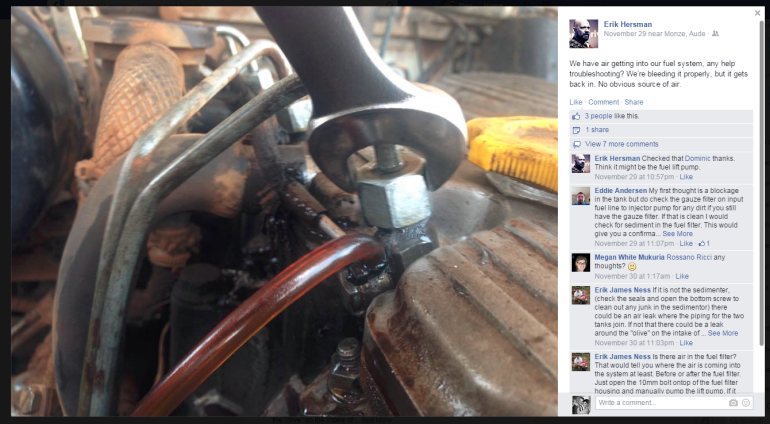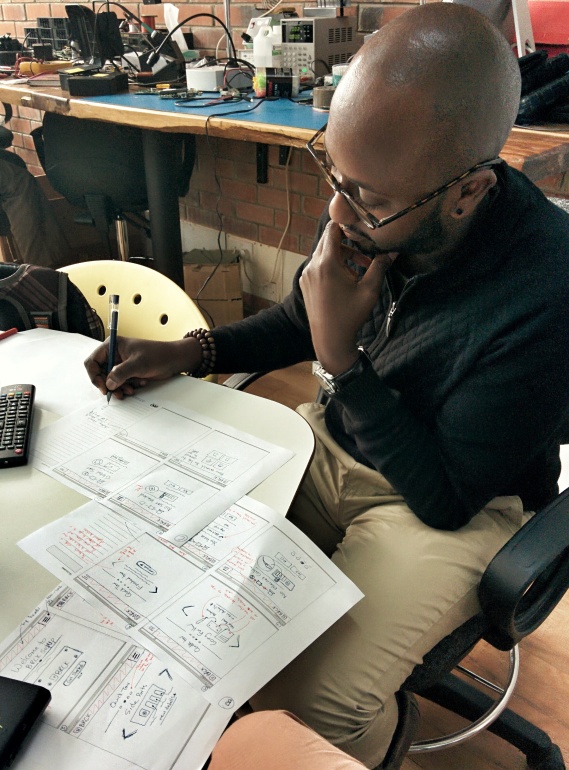
Groundshots in an Age of Moonshots
I love the “moonshot” ideology, a type of thinking that aims to achieve something that is generally believed to be impossible. I first came across this concept with Google X and their way of thinking about hard problems. Who wouldn’t get inspired by solving a massive challenge using next generation technology? Especially when it’s backed with enough money to see if it will actually work. Of all the projects, I love Loon the most – connectivity by high altitude balloons that use wind patterns intelligently. It’s just that right mix of insanity and brilliance that epitomizes solving a massive problem by trying something incredibly lateral.

Like many others, I too am driven to use my time on this earth to solve big problems. My mixture of background and experience ideally suits me to do technology work in Africa, and my personality means I end up building new things, new companies, instead of working for others. By the nature of those three things (entrepreneurship + tech + Africa), I tend to be resource constrained when it comes to moonshots. Instead, along with great partners and co-founders, I’ve built organizations that utilize crowd sourcing, foster innovation grounded in the African context, provide funds to tech startups, and create space to collaboratively build and rapidly prototype new technology.
My most recent endeavor has been building BRCK, which is 6 years old, trying to solve for how to create a real onramp to the internet for people who can’t pay for it.
Moonshots and Groundshots
As I look at this odd mixture of companies, I realize that, while I’m a moonshot thinker, I’m a groundshot operator. I’m trying to solve big problems that impact many people across the world using the last generation’s technology in different ways, and coming up with a new pattern or model for everyone to benefit. In short, I don’t have the resources to build a Loon or StarLink, but what I can do is figure out how to make something that meets ordinary people where they are with what they have, and not just for profit, but also to make the world a slightly better place.
I’ve been thinking about this a lot as we’re dealing with the current coronavirus pandemic. Google’s Loon was first-level approved to work in Kenya last year, and then just this week was given a final green light by the Kenyan government to operate. This is great news, and I’m excited that we have four of their balloons sitting over Kenya right now. I’m also concerned that it’s only going to solve part of the problem.
You see, connectivity is a mixture of signal and devices, AND affordability. Loon solves for the difficulty of signal in rural Africa, where building mobile phone towers has too low of an ROI for the mobile operators to be interested. Devices are getting cheap enough that we’re seeing a deep density of (low-end) smartphones across many countries. However, affordability is a BIG hairy problem, made only bigger as the economic hits start coming during and after this pandemic.
Loon uses the LTE spectrum of Kenya’s Telkom operator, so anyone who has the Telkom SIM card can receive that signal from the balloon and be connected. The problem is that you have to pay the data rates that Telkom charges, which isn’t much by middle-class standards, but most rural people aren’t middle class and their wallets are much more rigid.
That’s the problem we started working to solve in a little room beneath the iHub back in 2014. “How do you get everyone in Africa online if they can’t pay?”
The answer was a bit humbling for us techies to swallow, but it turned out that the business model was as important as the technology – maybe more so. We started grinding on this problem, which culminated in our Moja platform, now operating in Kenya and Rwanda. So far, it has brought 2 million users online for free. The answer was found in us saying, “What if the internet becomes free for consumers everywhere? The internet isn’t free to deliver, so what is the business model for that?” The mental model we were left with meant we had to find other parties to pay, which led us down the B-to-B-to-C model that we currently use and are finding quite successful.
So… What is a Groundshot Then?
I think it’s the glue that connects the amazing wizardry of the moonshot with the grounded business models and older technology found in most people’s pockets.
We’re rapidly expanding our Moja network, and I’m glad to work with our backhaul partners in terrestrial fibre internet and mobile operators. But I’m equally excited to take these moonshots like Loon or StarLink and connect them to real people on the ground in Africa. With a ground game like ours, and air support like theirs, it’s a magical combination.
